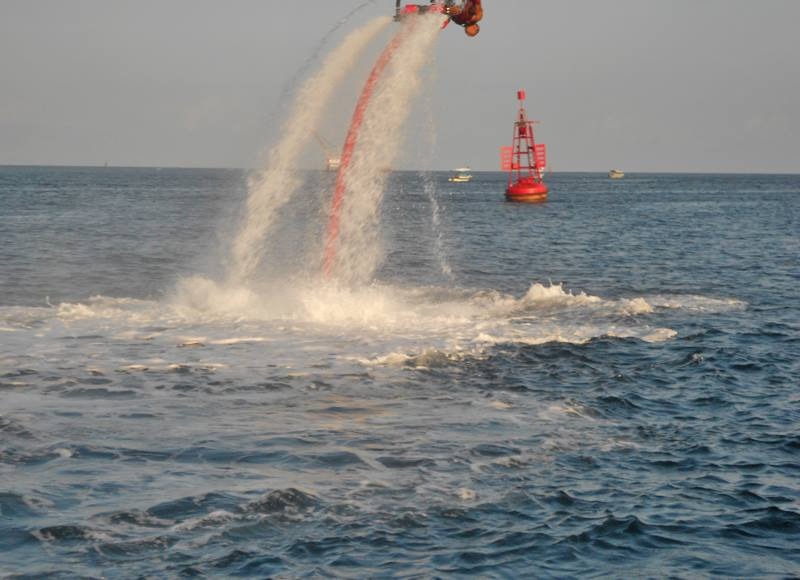When it comes to Bali, one of the most iconic destinations on the island is Tanah Lot. Nestled on a rocky outcrop along the coast, this sacred sea temple is famous for its stunning sunsets and Instagram-worthy landscapes. It’s no surprise that photographers—both amateur and professional—flock to Tanah Lot to capture its beauty. However, if you’re planning to take your camera and snap away, there are some important restrictions on photography that you need to be aware of. Let’s dive into the details while sharing a few personal anecdotes and insights along the way.
Understanding Tanah Lot’s Philosophy
Before we get into the nitty-gritty of photography restrictions, it’s essential to understand the cultural significance of Tanah Lot. The temple is not just a picturesque backdrop; it’s a sacred place for the Balinese people. It has been a site of worship for centuries, which raises the question of how photography impacts the sanctity of such spaces.
I’ll never forget my first visit. As I stood watching the sunset paint the sky in hues of orange and purple, a group of tourists nearby were snapping selfies, loud and carefree. While the experience was intoxicating, it made me reflect on the juxtaposition between spiritual reverence and the desire to capture that moment for social media.
Photography Restrictions: What to Know
1. No Drones Allowed
One of the most important restrictions at Tanah Lot is the prohibition on using drones. While the idea of capturing aerial shots of the temple can be incredibly appealing, the reality is that drones can disrupt the spiritual atmosphere and the wildlife in the area. During my trip, I saw a guy trying to fly his drone, only to be politely asked by a security guard to land it immediately. It’s a rule that, while disappointing for some, helps maintain the temple’s integrity.
2. Respectful Photography
Even though photography is allowed in many areas, it’s crucial to remain respectful. Candid shots of worshippers or ceremonies may not always be welcome. During my visit, I observed some tourists trying to take pictures of a ceremony happening at the temple. A local priest approached them and reminded them that honoring the spiritual practices is more important than getting that perfect shot.
So, here’s a practical tip: Before you click away, take a moment to appreciate the atmosphere. If you see people engaging in prayer or rituals, consider stepping back—sometimes the best photos are the ones you keep in your mind.
3. Guided Tours and Photography Rules
For those who join guided tours, be aware that some packages may have specific rules about photography. I joined a guided sunset tour, and while we could take pictures, we were instructed to avoid using tripods in certain areas. This guideline was to prevent obstructing pathways and blocking other visitors’ views. It was a small compromise to make for a smoother experience.
4. Commercial Use Restrictions
If your intention is to shoot for commercial purposes—whether it’s for a blog, social media, or a professional portfolio—you’ll need to seek permission from the authorities. I once met a travel blogger who had to navigate the bureaucracy to get the right permits. While it required some extra effort, it’s always worth respecting the rules of the land.
Practical Advice for Photography at Tanah Lot
– Plan Your Visit: The best time to visit Tanah Lot for photography is during the golden hour, just before sunset. This allows you to capture the temple with natural light at its finest. However, arrive early to find a good spot and familiarize yourself with the area.
– Be Mindful of the Environment: When setting up for a shot, be aware of your surroundings. Avoid stepping on sacred grounds or disturbing nature around the temple.
– Engage Respectfully: If you want to take photos of locals, especially during ceremonies, ask for permission first. Most are gracious and open, but a polite approach goes a long way.
– Explore Beyond the Temple: While the temple is the centerpiece, there are stunning landscapes and rock formations around that make for excellent backdrops. Don’t forget to capture the broader scenery.
Conclusion
Capturing the essence of Tanah Lot through photography can be a rewarding experience, but it comes with responsibilities. By respecting the temple’s sanctity and being aware of the photography restrictions in place, you not only enhance your visit but also contribute to preserving the cultural heritage of this beloved location. Remember, some moments are better captured in our hearts and minds rather than through a lens. So, grab your camera, but don’t forget to immerse yourself in the beauty of the moment. Who knows? You might leave with a deeper appreciation for Tanah Lot beyond just the photos you take. Happy photographing!






